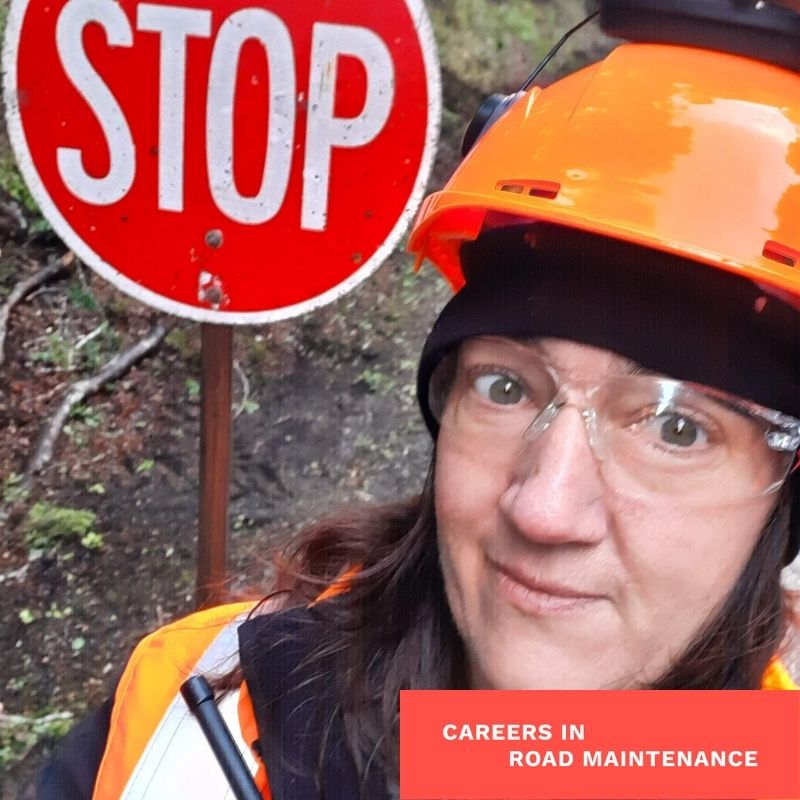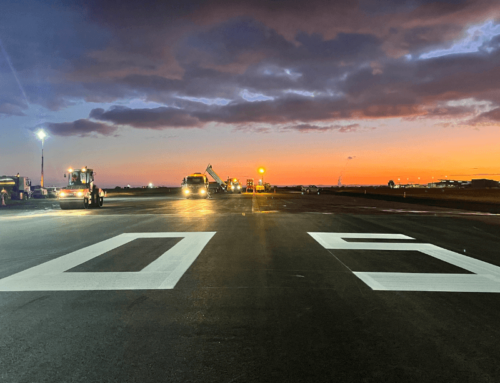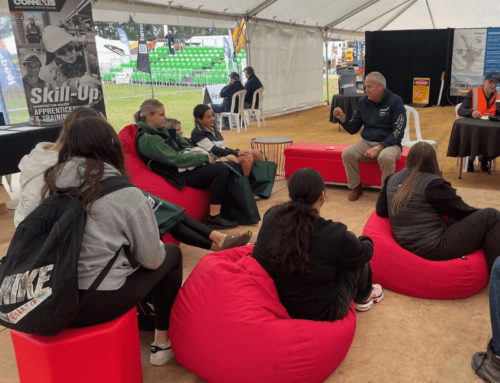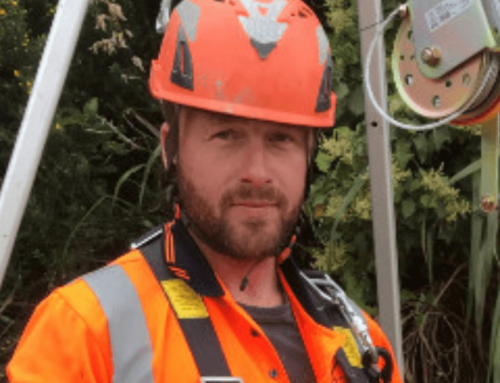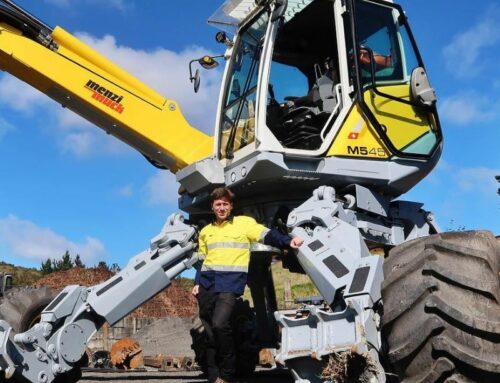It’s one road in and one road out to Milford Sound. The steep and winding State Highway 94 and narrow Homer Tunnel cut through the heart of the South Island’s avalanche country, serving as a key passage for Fiordland locals and travellers who come to experience the ‘eighth wonder of the world’.
“Every time I go up the road it still blows me away,” says Milford Road Alliance Programme Manager Kirsty Youldon, who recently bought her childhood home in nearby Manapouri with her partner. “It really is amazing, beautiful country down here.”
Kirsty is employed by Downer NZ within a team of 27 working for Milford Road Alliance – a partnership between Downer and Waka Kotahi NZ Transport agency to maintain and manage the route. Every day she programmes road maintenance across 121 kilometres of State Highway 94, identifies high-risk areas – especially in winter – and ensures all assets on the road are “tickety-boo”.
“I love my job and I feel very lucky and very grateful every single day,” Kirsty says. “I get to work in one of the most incredible parts of the world… and we’ve got a really cool and amazing crew.”
Each morning she and the team assess what has happened overnight, in terms of weather conditions and potential risks, before thinking on their feet to come up with a plan for the day.
“You’ve got to solve things on the go and make sure that everybody’s out the door and has everything they need.”
The alpine landscape of Milford Sound becomes draped in thick sheets of snow in winter, and although stunning, it can be an extremely dangerous time to visit.
The Avalanche Control Programme is crucial to protecting road users and road maintenance workers.
“One of our key performance areas is that we don’t have avalanches to an open road, so there are guys who watch the avalanche risk and then decide when they’re going to close the road and undertake active control.”
The Avalanche Team surveys the mountains for high-risk and imminent avalanche zones and dispatches explosives from the air using helicopters to trigger controlled avalanches before they pose a threat.
“It’s a very awesome team. There’s still going to be that unknown, but with the experience and the knowledge we have it’s a lot more controlled.”
Homer Tunnel is the main artery at the heart of this zone, with 1.2 kilometres of smooth asphalt descending at a steep gradient of one to 10. At either end of the one-way tunnel traffic lights and cameras, along with internal infrared cameras and lights, are monitored closely throughout the day by the Alpine Operation Centre crew.
SH94 also passes through dense forest, including native beech. Kirsty says a hazardous tree identification and control programme was put in place following a freak accident in 2016, in which a tree came down and tragically killed two German travellers on Te Anau-Milford Road.
“I think they’ve identified over 300 trees starting to slowly come down through what we do.”
Hired contractors have been conducting intensive training with the crew over the past month, teaching safety around chainsaws and trees in order to manage the hazards on their own.
Despite causing inconvenience to locals and travellers, decisions to close sections of SH94 are never taken lightly. Keeping the road maintained and safe is critical for the community, as well as for tourism within Fiordland National Park – a UNESCO World Heritage site.
“It’s all about keeping people safe. It’s really important that if we do have high avalanche risk [or risk of falling trees], then we can’t have people on the road until it’s dealt with.”
Kirsty’s main background is in health and safety and she has been involved in a range of civil infrastructure disciplines. Having worked for Downer for over 10 years, Kirsty has had the opportunity to work across Aotearoa, including supporting Downer’s work on the Kaikoura rebuild – after the earthquakes. She also did a stint in the UK at Network Rail when she was younger.
She has travelled widely, but there’s no place she would rather be than living and working around Fiordland.
“I’ve learned so much around road maintenance in the very short time I’ve been working for Milford Road Alliance.
“I’ve got my fingers in lots of pies.”
As a woman, it wasn’t always easy for Kirsty when she first started out in an industry that has historically employed more men than women.
“You had to keep persevering to win them over,” she says. “But [working on the tools] is something I’ve done in the past. That was sort of one way that I was also able to get crews to accept me as a health and safety person – getting out there with the road maintenance crew and picking up a shovel or a broom.”
The industry has evolved to become significantly more inclusive, Kirsty says, and many other women are working in civil infrastructure and road maintenance.
“It’s a lot different now, there are more women in the industry. We’ve got a young lady in our crew and the old boys are awesome with her. I have noticed a difference, a shift of mentality.”
Kirsty highly recommends giving a career in road maintenance a shot, especially for young men and women.
“There’s always going to be a job, always going to be road maintenance that needs to happen, and you have the opportunity to travel and become a family with your crew as well.
“And it’s different every day.”

